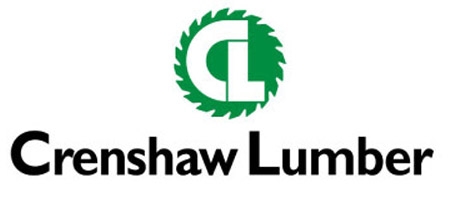
{article.name}
Social Media Links
EPA and HUD Announce New Lead Dust Standards for Floors and Window Sills
The more protective hazard standards will apply to inspections, risk assessments, and abatement activities in pre-1978 housing, according to the EPA.

- Share this:
- Share on Facebook
- Pin on Pinterest
- Tweet on Twitter
The Environmental Protection Agency (EPA) and the U.S. Department of Housing and Urban Development (HUD) announced new, tighter standards for lead in dust on floors and window sills to protect children from potentially harmful effects of lead exposure. The announcement comes almost a year after the agency influentially recommended tighter dust-lead hazard standards.
The agency is lowering the dust-lead hazard standards to 10 micrograms of lead per square foot (µg/ft2) from 40 µg/ft2 for floors and to 100 µg/ft2 from 250 µg/ft2 for window sills. The more protective hazard standards will apply to inspections, risk assessments, and abatement activities in pre-1978 housing and certain schools, child care facilities, and hospitals, according to the EPA.
The decision to tighten the dust-lead hazard standards delivers on the agency's commitment to take important steps to reduce childhood lead exposure, according to EPA administrator Andrew Wheeler. The EPA initially set the standards for lead in dust for floors and window sills in housing in 2001, however since then the best available science has evolved to indicate human health effects at lower blood lead levels than previously analyzed.
Lead-contaminated dust from chipped or peeling lead-based paint is one of the most common causes of elevated blood lead levels in children, according to the EPA. Young children and infants are especially vulnerable to lead paint exposure because their growing bodies absorb more lead than adults, and their brains are more sensitive to the damaging effects of lead than adults.
The new dust-lead hazards standard will become effective 180 days after its publication in the Federal Register, according to the EPA.
The new standards will mean remodelers doing renovations on homes built prior to 1978 will have to more strictly adhere to the safety practices mandated by the Lead, Renovation, Repair, and Painting (RRP) rule. RRP requires that when remodelers are working in houses built before 1978 on projects that could disturb lead paint, they must determine whether any lead paint is present and—if they do find presence of the paint or didn't do a test—must then use certain practices to contain the spread of the lead-paint dust while they perform the remodel. The company doing the work and the renovators following lead-safe work practices both must be certified by EPA-approved training programs.
Reducing childhood lead exposure and addressing associated health impacts has been a top priority for the EPA and in December 2018 the agency introduced its Lead Action Plan, a blueprint with the stated goals of reducing children's exposure to lead sources, identifying lead-exposed children and improving their health outcomes, communicating more effectively with stakeholders, and supporting and conducting critical research to inform efforts to reduce lead exposures and related health risks. The agency issued a status report update on the federal action plan in April, highlighting activities being conducted to support the Lead Action Plan. In addition to highlighting ongoing efforts to strengthen the dust-lead hazard standards for floors and window sills, the status report also highlighted ongoing efforts to increase the number of certified renovation firms capable of providing lead-safe services.
Sign up for our Email List
Stay updated with all our latest posts, products and offers! Just enter your information below.

Comments